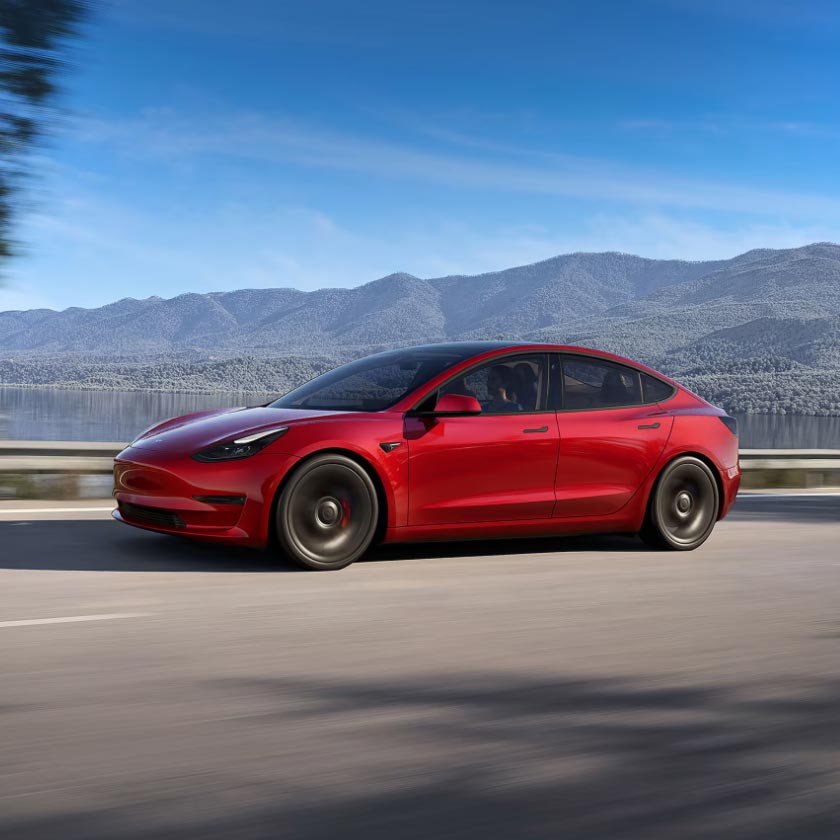Featured Image Credit: PyTorch/YouTube
Tesla AI Autopilot Head Andrej Karpathy recently discussed the scalability of autonomous vehicles and the different approaches used by companies to achieve full self-driving. Based on the AI Director’s discussion, it appears that Tesla’s approach to attain autonomous driving has a lot of challenges, but it is an incredibly effective strategy to roll out FSD features at scale.
Karpathy recently conducted a workshop on the scalability of autonomous driving systems. Being Tesla’s AI Director, Karpathy is arguably one of the most authoritative voices in the artificial intelligence sphere. His mastery of AI, neural networks, and full self-driving strategies was on display in his recent talk, where he compared Waymo and Tesla’s approach for autonomy, among other subjects.
The AI Director noted that while vehicles from Waymo and Tesla may behave the same on the road, the systems powering them could not be any more different. Companies such as Waymo are focused on using sensors such as LiDAR and high-definition maps that are mapped out to the centimeter. Cars then navigate around these pre-mapped surroundings, which provides a pretty safe environment.
Tesla’s approach is vision-based. Using cameras and artificial intelligence, Tesla uses an approach that is very similar to how a human driver operates a vehicle. This means that vehicles must learn how to recognize objects and behaviors on the road, which is a very daunting task due to the sheer amount of data and neural network training involved. Karpathy described these differences as follows.
“Waymo and many others in the industry use high-definition maps. You have to first drive some car that pre-maps the environment, you have to have LiDAR with centimeter-level accuracy, and you are on rails. You know exactly how you are going to turn in an intersection, you know exactly which traffic lights are relevant to you, you where they are positioned and everything. We do not make these assumptions. For us, every single intersection we come up to, we see it for the first time. Everything has to be sold, just like what a human would do in the same situation,” he said.
Granted, Tesla’s approach is very data-intensive, and it takes a lot of time to master and refine. However, it has a key advantage over the FSD approach used by companies like Waymo. Unlike Waymo’s autonomous cars, which perform very well only within a geofenced area, Tesla’s vehicles could activate their Autopilot and Full Self-Driving features anywhere in the world provided that conditions for the system are sufficient. This means that Tesla’s entire fleet could be upgraded with better FSD features, and the performance of the system would be equally proficient.
And this, ultimately, was pointed out by Karpathy. In his talk, he noted that a map-based approach to autonomous driving is a “non-scalable” strategy. There’s a lot of validity behind this statement, seeing as industry leader Waymo's autonomous vehicle fleet is still confined to very few areas despite years of training. Tesla’s vision-based strategy, on the other hand, requires long and painful hours of training. But once the neural network is sufficiently trained, FSD improvements could be distributed at scale without any issues.
Follow @PurplePanda88About the Author
Ma. Claribelle Deveza
Longtime writer and news/book editor. Writing about Tesla allows me to contribute something good to the world, while doing something I love.








